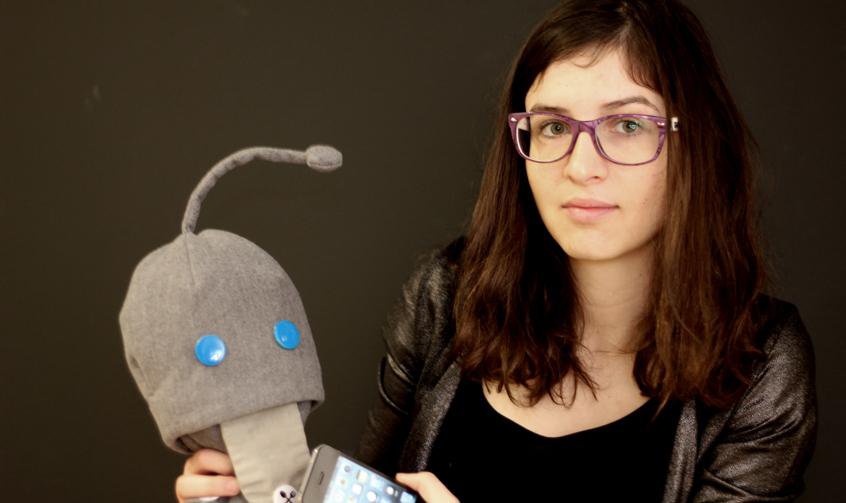"A diagnosis of type 1 diabetes in children can seem like a life sentence of insulin injections and health concerns, coupled with the inability to assimilate the importance of the lifestyle changes they will need to face due to their young age. To help young diabetes patients to manage their new lifestyle, the designer Ola Orchowska has developed an educational videogame called Project Anatomia, which immerses children in the world of diabetes through graphic adventures and robots.
“After being diagnosed, children suffer increased levels of stress; they have no understanding of what is happening, and they need help”, Orchowska explains. This young designer spent some time in hospitals observing the reactions of children and their families upon receiving the diagnosis. This lead her to discover that “children do not want to dedicate a single second of their time to their illness, but that does not mean that they are not curious about what exactly is happening to them”. Since then, the aim of her project has been to try to encourage this curiosity, and channel it towards learning about how to cope with their condition.
Project Anatomia uses narrative to transform fear into curiosity, which becomes a powerful tool to reinforce positive behaviors. In the game, a scientist has created a giant robot and puts the child in charge of taking care of the robot while the scientist goes on holiday. The robot comes to life and acquires human needs which the child must satisfy, sometimes by climbing inside the robot to perform maintenance duties. When they do, they find that the robot´s anatomy is comprised of similar organs to those of humans and they learn about the function of each, as well as the health consequences that arise when these organs fail; for example, when the pancreas loses the ability to produce insulin and control the body´s blood sugar levels.
“Children´s imaginations are magical, they stop feeling afraid and want to cure the robot; in this way, they learn how to cure themselves”, Orchowska says. This is how Project Anatomia manages to redirect children´s frustrations towards positive actions like taking an interest in monitoring their glucose levels, paying attention to the amount of sugary foods they ingest and remembering to take their insulin.
The story of Project Anatomia starts at the time when Orchowska was studying for her Master´s Degree in Industrial Design at the Academy of Fine Arts in Cracow (Poland). Her professors asked her to add a social focus to her thesis, a request that was easy for her to comply with since her little brother suffers from this illness. Thus was born the theoretical version of Project Anatomia, for which the young woman was able to identify an application after her work at Singularity University. The result was a proof of concept for tablets.
At this point, the project was oriented towards user-based research performed in Sweden. Once this phase was complete, the designer began to incorporate the learning obtained through this research into the game. Her intention to reach as many children as possible lead her to work on the development of a web-based version, accessible from any web browser, and to study alternative financing models which do not saddle the families of diabetic children with the costs.
According to the New Medium Coordinator from the United States – Mexico Foundation for Science and jury member for MIT Technology Review´s Innovators Under 35 Poland awards, Iván Zavala, “Project Anatomia has great potential in the global market”. In the United States alone, 15,000 children are diagnosed with type 1 diabetes each year, a number that is growing at a rate of 3% year upon year."




